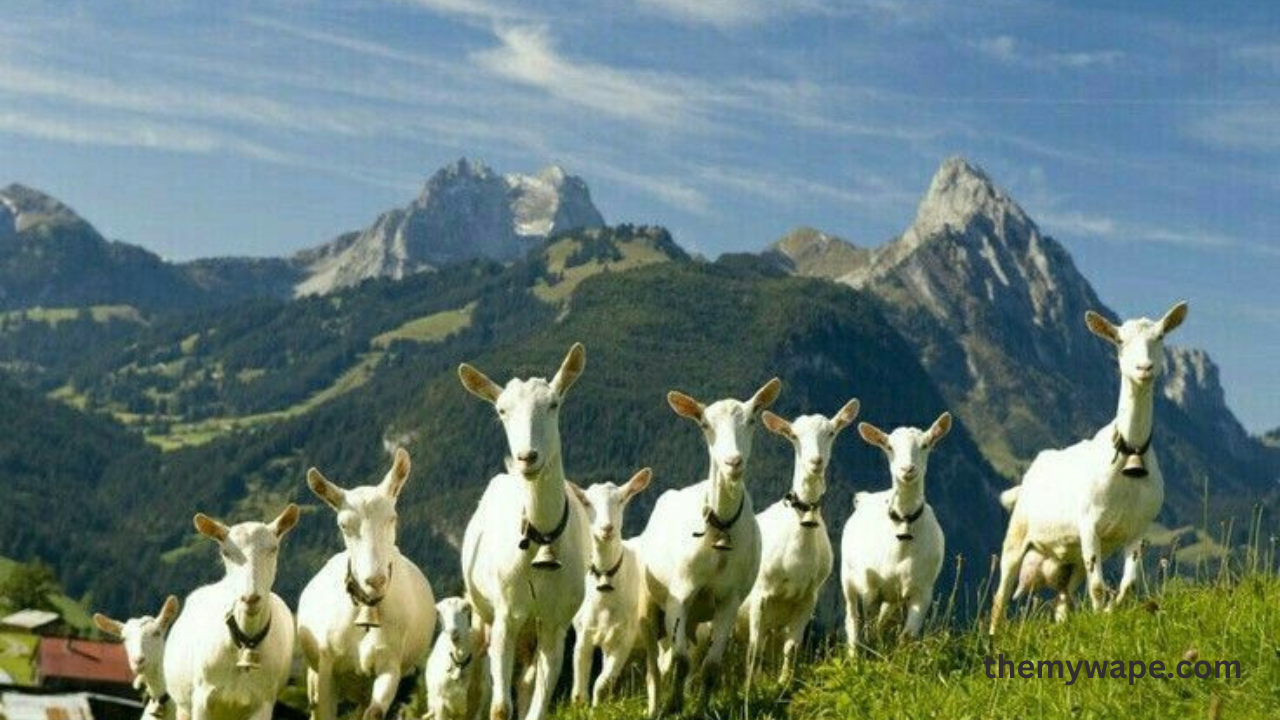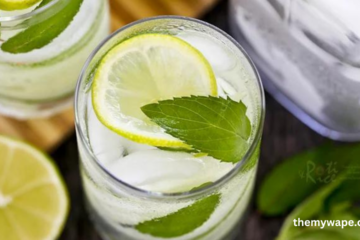Introduction
Goats have long been valued for their milk, meat, and fiber, but one of their most fascinating aspects is their legs. Goat legs are not only integral to their mobility but also play a crucial role in their overall health and productivity. This article will explore the intricate structure, function, and care of goat legs, providing you with a comprehensive understanding of this vital part of goat anatomy.
Table of Contents
Understanding goat anatomy
Before delving into the specifics of goat legs, it’s important to understand the general anatomy of goats. Goats are sturdy animals, well-suited to a variety of environments. Their bodies are designed for climbing, running, and grazing, with legs that are strong and agile. The legs, in particular, are essential for their survival, enabling them to navigate rough terrain and escape predators.
The Structure of Goat Legs
Goat legs are complex structures composed of bones, joints, muscles, and tendons, all working together to provide mobility and stability. The primary bones in a goat’s leg include the femur, tibia, fibula, and the metatarsals in the hind legs, while the front legs contain the humerus, radius, ulna, and metacarpals. The bones are linked together by joints, enabling movement and flexibility. The muscles and tendons surrounding these bones give goats their strength and agility, enabling them to jump, climb, and run.
The Hoof: A Critical Component
At the end of each goat leg is the hoof, a critical component for mobility and health. The hoof is made up of a hard outer shell, known as the hoof wall, and a softer inner part called the sole. The hoof plays a vital role in protecting the leg bones and joints from injury and wear. Additionally, the hoof aids in traction, allowing goats to maintain their footing on various surfaces, from rocky mountainsides to grassy plains.
Muscular System of Goat Legs
The muscles in a goat’s legs are responsible for powering their movement. Key muscles include the quadriceps, hamstrings, and calf muscles, which work in concert to allow the goat to perform a range of activities, from walking to jumping. These muscles are highly developed, particularly in breeds that are known for their climbing abilities. The muscular system in goat legs is a marvel of natural engineering, providing the strength and endurance needed for survival.
Joint Functionality
Joints are another critical component of goat legs, providing the flexibility needed for movement. The major joints include the hip, knee, and ankle in the hind legs, and the shoulder, elbow, and wrist in the front legs. These joints are surrounded by ligaments and tendons, which provide stability while allowing for a wide range of motion. Proper joint functionality is essential for a goat’s ability to move efficiently and without pain.
Adaptations for Different Environments
Goat legs are uniquely adapted to various environments, particularly those that are rugged and mountainous. Wild goats, such as the ibex, have legs that are specially designed for climbing steep, rocky terrain. Their hooves are hard and pointed, allowing them to grip narrow ledges and rocky outcrops. Domestic goats, while also capable of navigating rough terrain, have legs that are slightly less specialized, as they are often kept in more controlled environments. However, the basic structure and function of their legs remain the same, allowing them to thrive in a variety of settings.
Common health issues with goat legs
Despite their robust design, goat legs are susceptible to a range of health issues. Common problems include hoof rot, arthritis, and leg injuries. Hoof rot is a bacterial infection that can cause lameness if left untreated. Arthritis, often seen in older goats, can lead to stiffness and pain in the joints. Injuries such as fractures or sprains can occur if a goat falls or is involved in an accident. Recognizing the signs of these conditions early and providing prompt treatment is essential for maintaining the health of a goat’s legs.
Preventive Care for Goat Legs
Preventive care is crucial for keeping goat legs healthy and strong. Regular hoof trimming is essential to prevent overgrowth, which can lead to lameness or other issues. Additionally, providing a balanced diet rich in essential nutrients like calcium and phosphorus supports strong bones and joints. Ensuring that goats have access to clean, dry environments can also help prevent infections and other leg-related problems.
The Role of Goat Legs in Agriculture
In agricultural settings, the strength and health of a goat’s legs are directly tied to their productivity. Goats with strong legs are better able to graze, move around pastures, and participate in breeding. Additionally, goats used for work, such as pulling carts or carrying loads, rely heavily on their leg strength. Ensuring that goats have healthy legs is therefore critical for farmers who depend on them for various tasks.
Goat leg: causes and treatments
Injuries to goat legs can occur for a variety of reasons, including falls, collisions, or getting caught in fences. Common injuries include fractures, sprains, and dislocations. Treatment typically involves immobilizing the leg, providing pain relief, and allowing time for healing. In some cases, surgery may be required to repair severe fractures. It’s important for goat owners to be familiar with basic first aid techniques and to seek veterinary care when necessary.
Importance of Proper Nutrition
Nutrition plays a vital role in the health of goat legs. A diet lacking in essential nutrients can lead to weak bones, joint problems, and poor muscle development. Goats require a diet that includes adequate amounts of calcium, phosphorus, and vitamins, particularly vitamin D, which is essential for bone health. Providing high-quality forage, along with appropriate supplements, can help ensure that goats have the strong, healthy legs they need to thrive.
Breeding for Strong Legs
Selective breeding can play a significant role in enhancing the strength and health of goat legs. When choosing breeding pairs, farmers should look for goats with strong, well-formed legs and hooves. Traits such as good joint alignment, strong muscle development, and healthy feet should be prioritized. By focusing on these traits, farmers can improve the overall quality of their herds, resulting in goats that are more resilient and productive.
The Evolution of Goat Legs
The legs of goats have evolved over millions of years, adapting to the various environments in which these animals live. From the rocky cliffs where wild goats like the ibex thrive to the more controlled environments of domestic goats, their legs have developed to meet the demands of their surroundings. This evolutionary process has resulted in legs that are not only strong and agile but also highly specialized for the unique challenges goats face in their natural habitats.
Conclusion
Goat legs are a marvel of natural design, providing these animals with the strength, agility, and endurance they need to survive and thrive. Whether climbing steep mountains, navigating rough terrain, or simply grazing in a pasture, the legs of a goat play a critical role in its overall health and well-being. By understanding the anatomy, function, and care of goat legs, we can better appreciate these remarkable animals and ensure they remain healthy and productive.
FAQs
To identify signs of a leg injury in goats, look for symptoms such as limping, swelling, reluctance to move, or holding a leg off the ground. Changes in behavior, like decreased activity or reluctance to stand, can also indicate discomfort or injury.
Common signs of a leg injury in goats include limping, swelling, and reluctance to put weight on the affected leg. If you notice any of these symptoms, it’s important to examine the leg closely and consult a veterinarian.
How often should goat hooves be trimmed?
Goat hooves should be trimmed every 6 to 8 weeks to prevent overgrowth and related issues. Regular trimming helps maintain proper hoof shape and prevents problems like hoof rot.
Can poor nutrition affect a goat’s legs?
Yes, poor nutrition can lead to weak bones, joint problems, and poor muscle development in goats. Maintaining a diet rich in calcium, phosphorus, and vitamins is crucial for optimal leg health.
What are the best practices for preventing leg injuries in goats?
To prevent leg injuries, ensure that goats have a safe environment free from hazards like sharp objects or unstable surfaces. Regularly inspect their living areas and provide proper hoof care.How do wild goats differ from domestic goats in terms of leg structure?
Wild goats, such as the ibex, have more specialized leg structures adapted for climbing steep, rocky terrain. Domestic goats, while still agile, have slightly less specialized legs due to their more controlled environments.
You can see the latest updates on : MyWape



